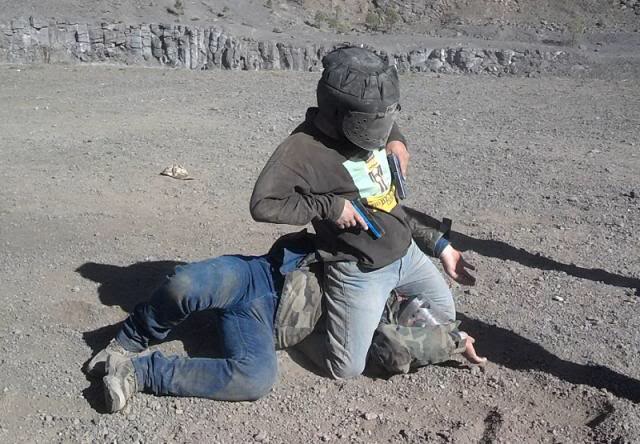Bob Hoffman was a pioneer of strength and conditioning training in the US. He was possibly the single most important person when it came to the dominance of the US Olympic weightlifting program from the 20’s through the late 60’s. He published a long running magazine called Strength and Health (a clear reflection on his fitness beliefs), and wrote numerous books and strength programs throughout his life. It is truly sad to me that few people, even ones intimately involved in strength and conditioning, barely know him.
One of my favorite books (and training programs) he wrote was called The Daily Dozen. It was a two part program where the first six exercises were done everyday no matter what, and the second set of six, made up of barbell exercises, were done three times a week. What is so fascinating to me about the program is the emphasis on health, not just physical prowess. Hoffman had almost a religious fervor about making everyone more fit and healthy, not just competitive athletes. That is something that tends to get lost in the desire to improve. We get hyper-focused on what the perfect routine is to make us swole and massively strong, but few of us are professional athletes, and we have to deal with the issues of being an everyday person. Hoffman’s Daily Dozen is a nice way to address this.
I have been doing (unknowingly) a version of this for years. I do some training every day. While this may entail two to three hours on a jiu-jitsu mat, it may also only be a five minute dry fire program, or a handful of exercises that take a couple of minutes. Regardless, I do something every day. Even when traveling, I manage to fit in something. A few months ago, I decided to be a little more consistent in what they would be, and follow Hoffman, at least conceptually.
I did his half-dozen every day, but rather than his exercises (forward fold, twist, twisting toe touch, waist circle, squat, and up/down dog) I picked some more specific and directed ones. Since January 1, either I was on the mats teaching or training or I did this workout – hip lift (upas) – 10 reps, hip escapes – 5 reps to each side, hip lift to turnover to base/posture – 5 reps to each side, hip heist – 5 each side, technical stand up – 5 each side, and squats (goblet style without the goblet) – and holding the deep position for extra time each rep for 10 total. This entire sequence takes no more than five minutes when you are used to the moves, and needs no equipment and very little space.
What I have found is that the couple of chronic things that have bugged me the last few years – lower back, knees – have not been bothering much, if at all. In fact, there are times I go days before realizing that I had felt no tightness or pain in those areas. I am going to keep playing with this idea (maybe tweak a few exercises or amounts) and see where it takes me.
I strongly suggest you look into something similar, whether you already have chronic issues, or just want to prevent that from even coming up as an issue.
Link to a PDF version of Hoffman’s program:
https://sites.google.com/site/l7xeminentassistanygy/free-daily-dozen-by-bob-hoffman-ebook
If you are unfamiliar with the BJJ exercises I talked about above (this is a playlist so the first two videos are the ones to watch):
goblet squat:


